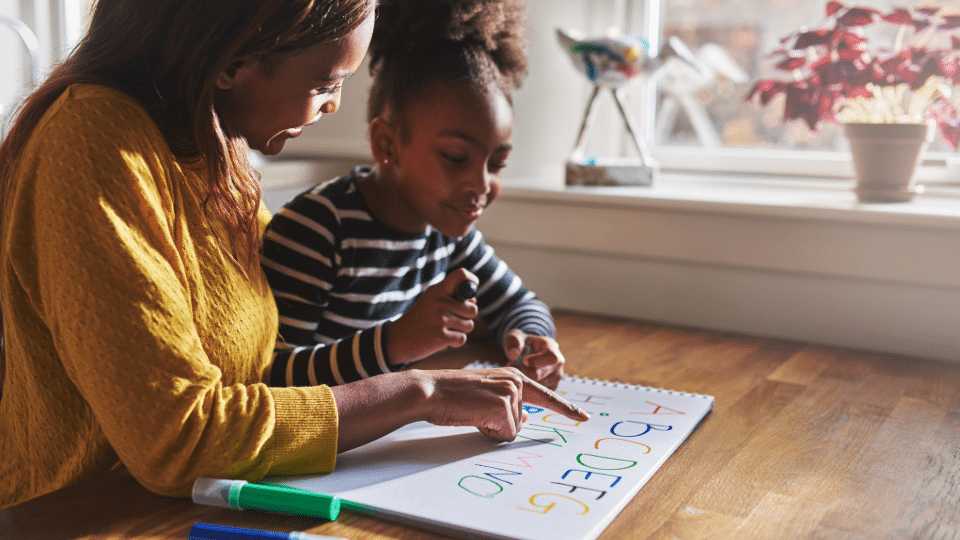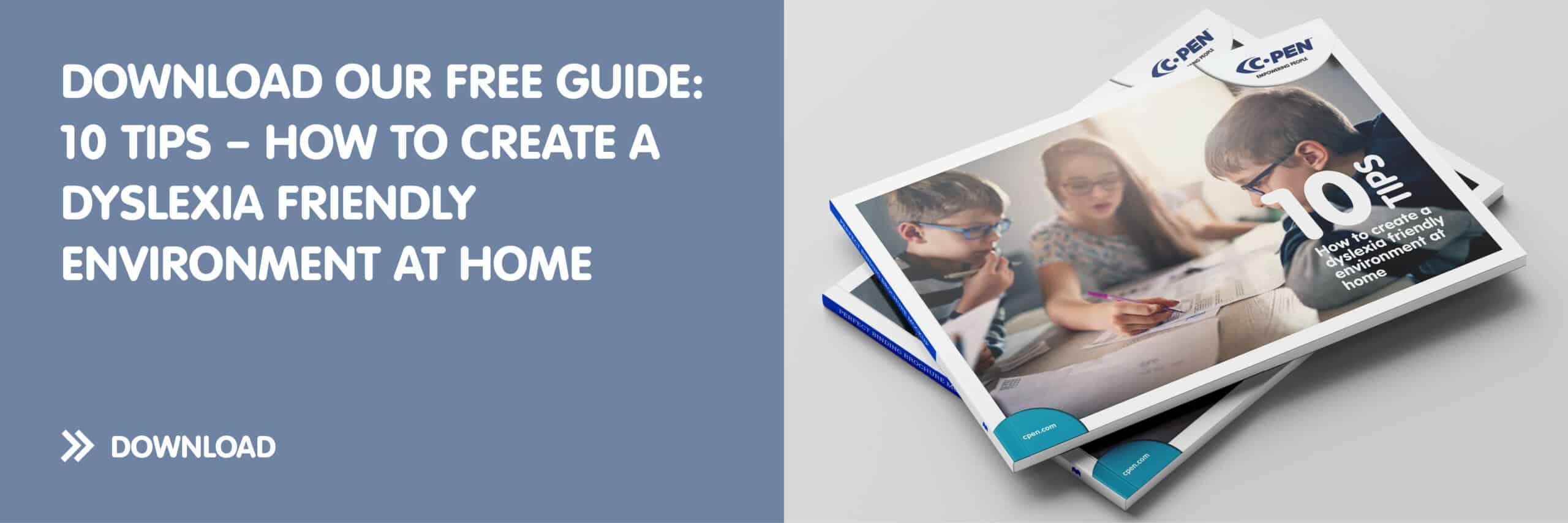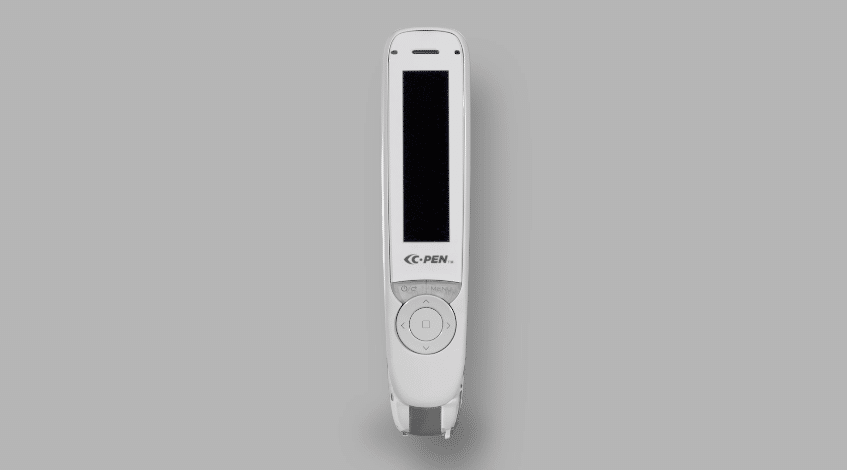
Inspire your dyslexic child – find the right study techniques
Navigating the educational journey with a dyslexic child can be challenging, but with the right strategies, it can also be a rewarding experience for both you and your child. In this article, we’ll explore effective study techniques and technologies that can empower dyslexic children to succeed in their studies.
Dyslexia is a specific learning disability that affects reading, writing, and spelling. Children with dyslexia often struggle with decoding words, recognizing patterns, and organizing information. However, it’s essential to remember that dyslexia doesn’t reflect a lack of intelligence but rather a different way of learning.
Parents’ role in the academic journey
As a parent, you play a crucial role in your child’s academic journey. When your child faces the challenges of dyslexia, it’s essential to provide the right tools and strategies to help them succeed. Being there for your child can sometimes feel overwhelming, but it’s important to remember that even the smallest efforts can make a big difference in your child’s learning process. Setting strategies and techniques for studying and homework at an early age helps your child overcome the toughest hurdles and makes it easier for them to move forward on their own.
Keep calm and be supportive
One of the most important strategies for helping dyslexic children study is to keep calm. Since these children struggle with words, it may take longer for them to complete assignments or read text. Remember to be patient and encourage even the smallest of efforts. Even if it can be challenging, try to stay positive and celebrate victories. When the child receives positive feedback, it’s easier for them to stay focused.
Explore multisensory study techniques
Since dyslexic children have trouble decoding words and recognizing patterns, multisensory study techniques can be a good approach. Charts, diagrams, and color-coded notes create richer neural connections, which foster memory and understanding. By adding these kinds of techniques into your child’s study process, you not only enhance learning but also make it more fun. Be creative while creating activities and use things already in the home, such as building blocks and puzzles.
Use assistive technology
Today, there are many assistive technologies available to support dyslexic learners. Sometimes, it can be hard to choose from the extensive selection, and many suppliers are on the market. We at C-Pen are the inventors of the original pen scanner and have been developing pens for over 25 years. We never compromise on quality, whether it’s manufacturing, performance or functionality, and we always strive to develop our pens further.
C-Pen Reader 2
Our latest model, C-Pen Reader 2, is an updated version of the popular ReaderPen and features a semi-graphical user interface, built-in AI-based OCR technology, faster speech output, sound amplification, and word definitions. The pen doesn’t require a connection to a smartphone or the internet, which makes it a valuable tool for improving literacy and accessibility. Read more about our C-Pen Reader 2 here.
Reach full potential
Dyslexic children have incredible potential waiting to be unlocked. By implementing effective study strategies, leveraging technology, and fostering a calm and supportive environment, you can inspire your child to reach their full potential and succeed academically.
Remember, every small victory and milestone is proof of your child’s persistence. Together, you can overcome obstacles and celebrate the joy of learning. Good luck!



